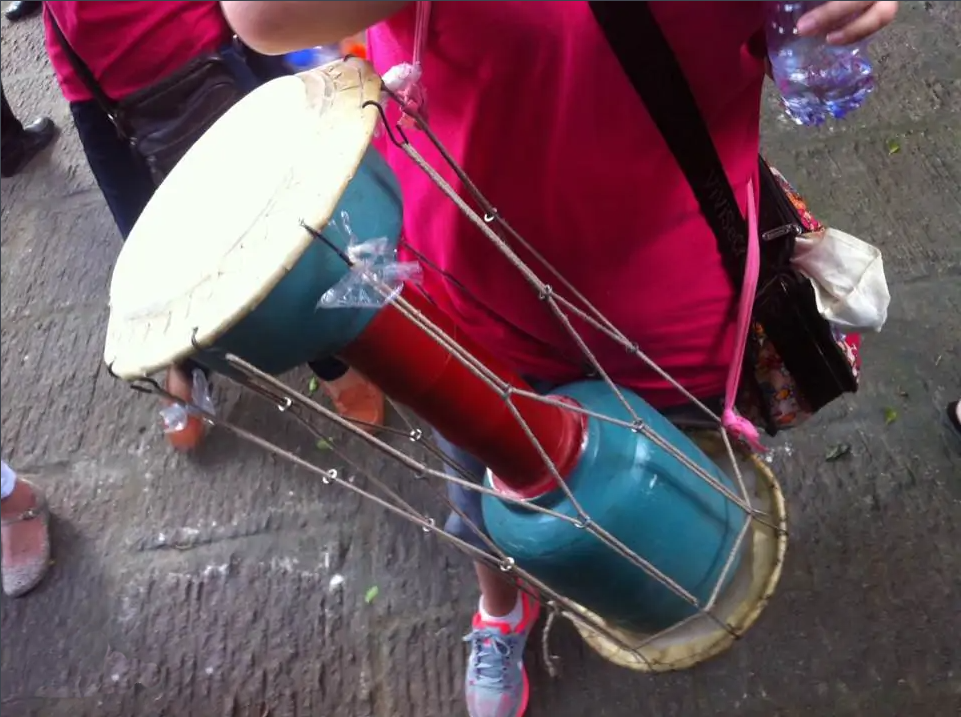The origin of Fujian stick drum
405 views · Organized by 华夫饼 on 2022-03-14
Fujian stick drum, also known as Fuzhou drum, wolf tent, wolf stick, wolf string, wolf stick drum, wolf singing. Evolved from the two-stick drum in ancient China, it is a traditional percussion instrument in Fujian folk. The Fuzhou language is called "wolf tent" (long cuong), which is the pronunciation of the Chinese character "two sticks". The stick drum disappeared in the Central Plains in the Qing Dynasty. Today, the slender hourglass-shaped drum is extremely rare among the Han musical instruments. The wolf tent drum preserved in Fujian is a living fossil of Chinese musical instruments. It is mostly used for Fujian Opera accompaniment and Fujian folk instrumental ensemble "Fuzhou Chating Shifan Music", Quanzhou Longchui, "Zhangzhou Nanci", "Taiwan Shiquan Tune" and other Fujian folk music. At the same time, it is also an indispensable musical instrument in folk activities such as Yingshen competitions, gongs and drums competitions in the Shiyi area of Fuzhou, as well as Yanping, Ningde, Minzhongnan, Matsu and other places.

Involving musical instruments
The stick drum (pinyin: zhàng gǔ), the Korean mixed percussion instrument, also known as the long drum, is called bu in Korean. Popular in Liaoning, Jilin, Heilongjiang, Inner Mongolia, Hebei and other provinces, especially in Yanbian Korean Autonomous Prefecture in Jilin Province.
Guess you like
Organized by 雨童 on 2022-03-21
Bai folk instrumental music mainly includes sanxian music, suona wind and percussion music, cave scripture music, etc. In addition, there are also ancient music and tunes played by bamboo flute, mouth spring, wood leaf and so on.
read >>
Organized by 一杯清酒 on 2022-03-14
Korean stick drum stick drum, also known as the Korean long drum. Korean mixed percussion instrument. In Korean, it is called bu. With a long history, unique structure and soft tone, it is often used for singing and dancing accompaniment and instrumental ensembles.
read >>
Organized by 未知领地 on 2022-02-14
The stick drum, the Korean mixed percussion instrument, also known as the long drum, is called bu in Korean. Popular in Liaoning, Jilin, Heilongjiang, Inner Mongolia, Hebei and other provinces, especially in Yanbian Korean Autonomous Prefecture in Jilin Province. The timbre of the stick drum is soft, and it is often used for singing and dancing accompaniment and instrumental ensemble. It is a national musical instrument that is deeply loved by the Korean people.
read >>
 渝公网安备 50010702504639号
渝公网安备 50010702504639号